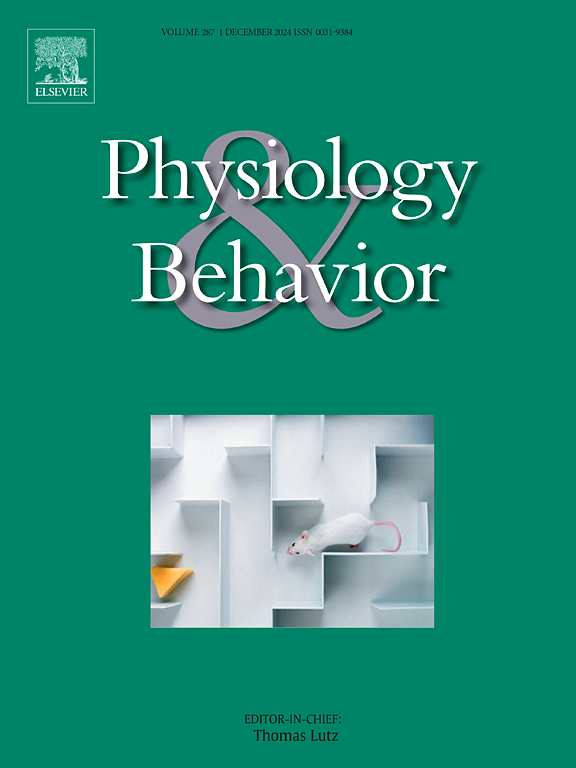Does hyperbaric oxygen therapy chambers safe for the operator’s cardiovascular health: an occupational safety issue(perspective)
IF 2.5
3区 医学
Q2 BEHAVIORAL SCIENCES
引用次数: 0
Abstract
Background
Noise has adverse effects on the cardiovascular system. Noise occurs during the operation of hyperbaric chambers. In this study, we investigated the impact of noise generated during the operation of hyperbaric chambers on the cardiovascular systems of operators.
Matherials-Methods
Participants were equipped with a portable ECG device. Initially, they waited for 2 h in a quiet environment, followed by 2 h next to the hyperbaric chamber (noisy environment). Systolic and diastolic blood pressure measurements were taken at half-hour intervals using an automatic blood pressure monitor. ECGs were processed for measures of heart rate variability (HRV): the standard deviation of N![]() N intervals (SDNN), the root of the mean squared difference between adjacent normal heart beats (N
N intervals (SDNN), the root of the mean squared difference between adjacent normal heart beats (N![]() N) intervals (RMSSD), relative number of successive RR interval pairs that differ >50 msec (pNN50). Heart rates and extra beats were recorded.
N) intervals (RMSSD), relative number of successive RR interval pairs that differ >50 msec (pNN50). Heart rates and extra beats were recorded.
Results
Twenty-eight participants were included in this study. There was a statistically significant increase both on sistolic and diastolic blood pressure at 60th minute of Hyperbaric Oxygen Therapy(HBOT) (respectively p = 0006, p = 0020). Also, sistolic blood pressures were significantly higher at the 120th minute of the HBOT(p = 0017). Total heart beat and SDNN values were statistically significantly decreased during noised exposure (respectively p = 0003, p = 0006).
Conclusions
We observed a statistically significant decrease in SDNN and a significant increase in blood pressure during exposure to hyperbaric chamber noise. The clinical relevance of these findings remains uncertain. Our study suggests that noise may have objective effects on the cardiovascular system in hyperbaric chamber operators.
高压氧治疗室对操作者的心血管健康安全吗:一个职业安全问题(观点)。
背景:噪音对心血管系统有不良影响。高压舱在运行过程中会产生噪声。在这项研究中,我们研究了高压氧舱操作过程中产生的噪声对操作人员心血管系统的影响。材料-方法:受试者配备便携式心电仪。最初,他们在安静的环境中等待了2小时,然后在高压舱(嘈杂的环境)旁等待了2小时。使用自动血压监测仪每隔半小时测量一次收缩压和舒张压。对心电图进行处理以测量心率变异性(HRV): N-N间隔的标准差(SDNN),相邻正常心跳(N-N)间隔的均方根差(RMSSD),差异超过50毫秒的连续RR间隔对的相对数量(pNN50)。他们记录了心率和额外的心跳。结果:本研究共纳入28名受试者。高压氧治疗(HBOT)第60分钟收缩压和舒张压均有统计学意义升高(p= 0.006, p= 0.020)。此外,HBOT第120分钟时收缩压明显升高(p= 0.017)。总心跳和SDNN值在噪声暴露期间显著降低(p= 0.003, p= 0.006)。结论:我们观察到,暴露于高压氧舱噪声时,SDNN显著降低,血压显著升高。这些发现的临床相关性仍不确定。我们的研究表明,噪声可能对高压氧室操作员的心血管系统有客观的影响。
本文章由计算机程序翻译,如有差异,请以英文原文为准。
求助全文
约1分钟内获得全文
求助全文
来源期刊

Physiology & Behavior
医学-行为科学
CiteScore
5.70
自引率
3.40%
发文量
274
审稿时长
47 days
期刊介绍:
Physiology & Behavior is aimed at the causal physiological mechanisms of behavior and its modulation by environmental factors. The journal invites original reports in the broad area of behavioral and cognitive neuroscience, in which at least one variable is physiological and the primary emphasis and theoretical context are behavioral. The range of subjects includes behavioral neuroendocrinology, psychoneuroimmunology, learning and memory, ingestion, social behavior, and studies related to the mechanisms of psychopathology. Contemporary reviews and theoretical articles are welcomed and the Editors invite such proposals from interested authors.
 求助内容:
求助内容: 应助结果提醒方式:
应助结果提醒方式:


